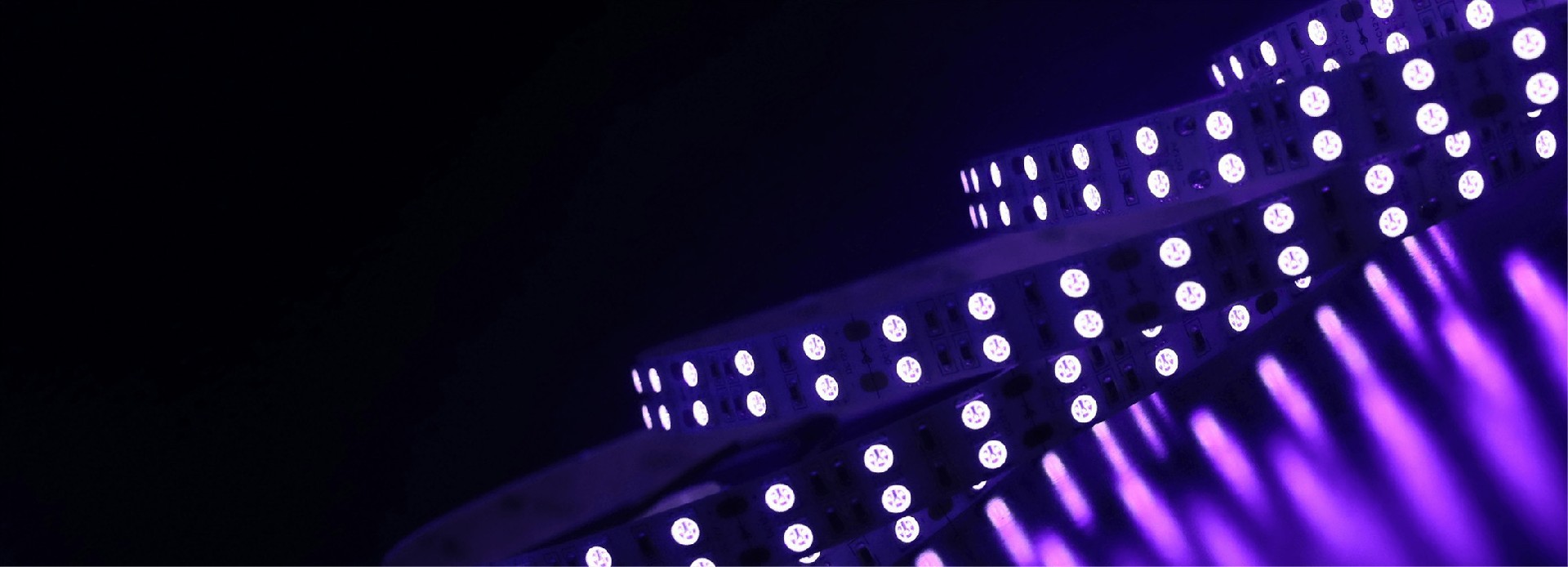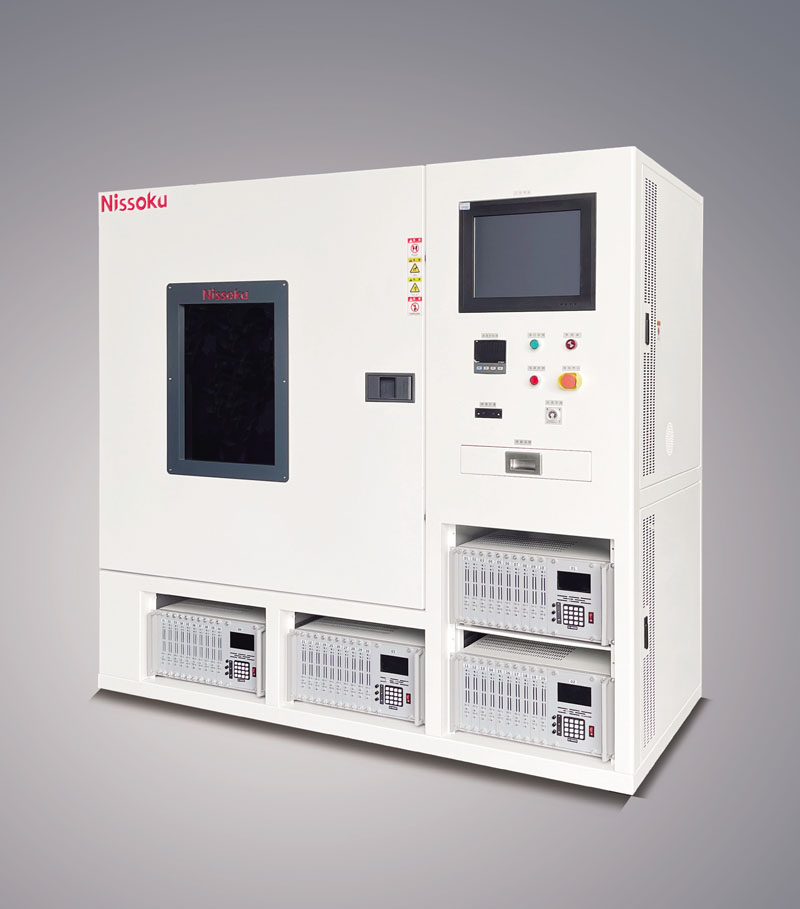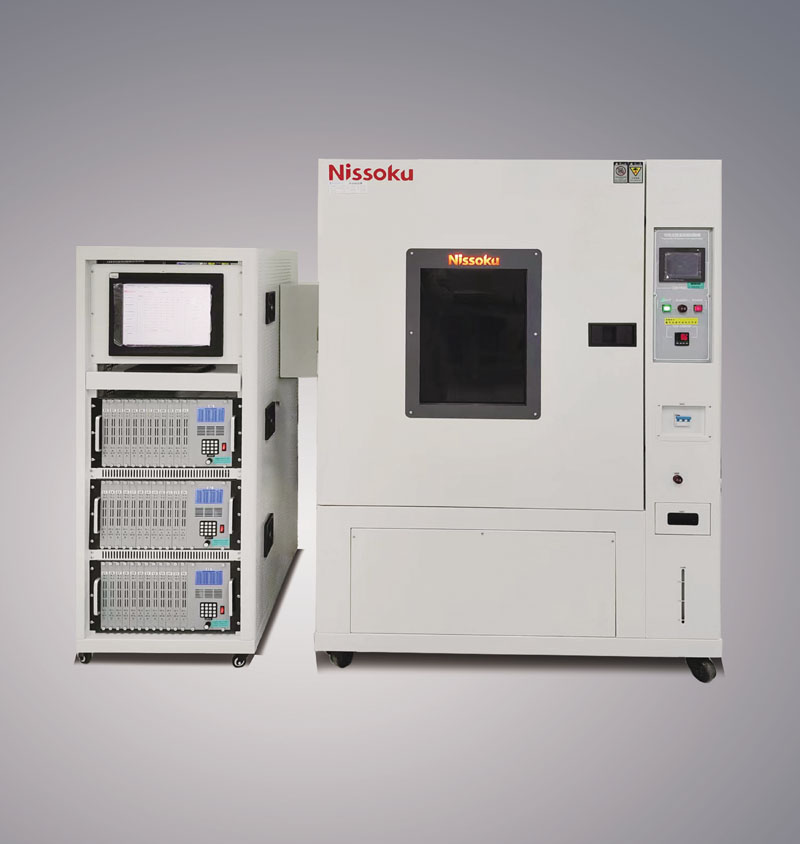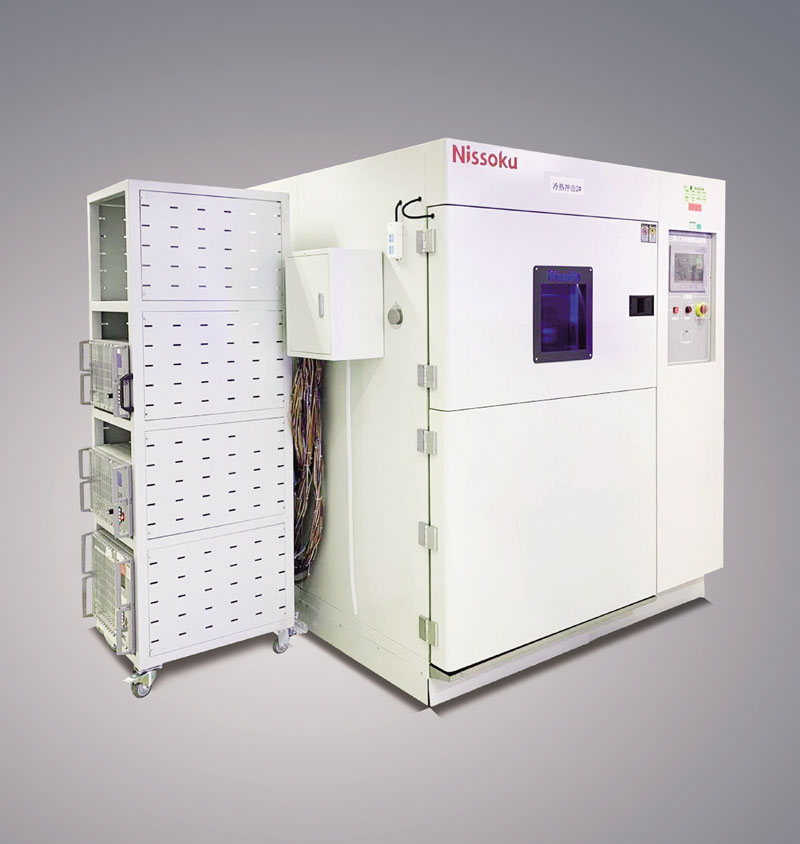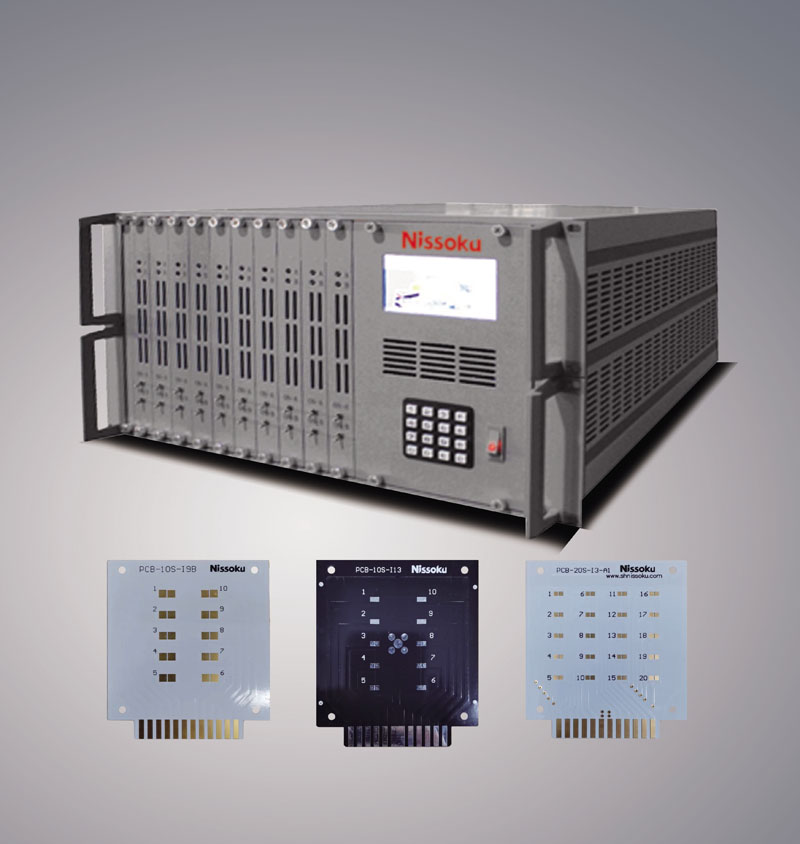The luminous intensity and wavelength of LED chips are their key performance indicators. Under different environmental conditions, such as temperature and humidity changes, the luminescence performance of chips may be affected. The temperature cycling test in environmental reliability testing can simulate the temperature changes that LED chips may encounter in actual use. For example, during the temperature cycling process from -40 ℃ to 85 ℃, the material properties of LED chips may change, which may lead to changes in their bandgap width, thereby affecting the emission wavelength. Through this test, it is possible to observe whether the changes in the luminous intensity and wavelength of the chip are within the allowable range, ensuring that the LED chip can stably emit light at various environmental temperatures.
In addition, humidity can also have an impact on LED chips. In high humidity environments, the surface of the chip may adsorb moisture, which may alter the optical performance of the chip. The wet heat test in environmental reliability testing can detect the luminescence performance of chips in high humidity environments (such as relative humidity above 90%). If the chip is not properly packaged, moisture may enter the interior of the chip, causing a decrease in luminous efficiency or even damage to the chip.
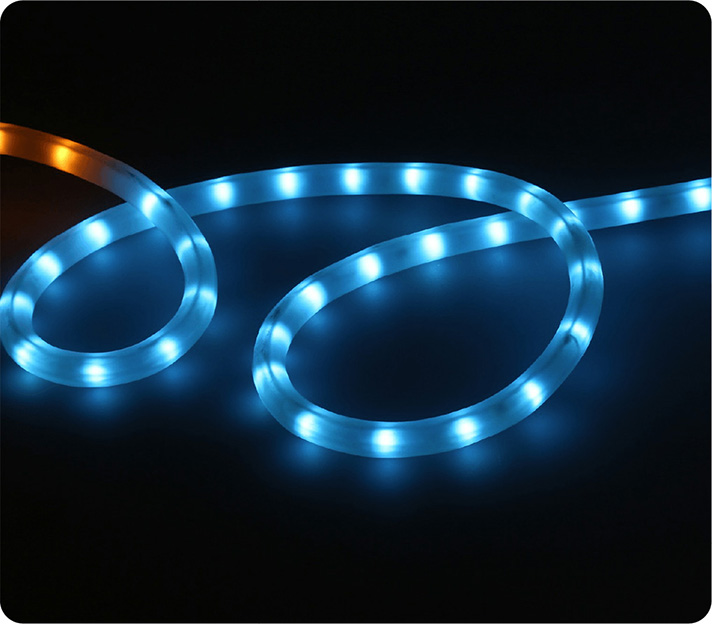
- GB/T 33721-2017
- GB/T 24823-2009
- GB/T 24824-2009
- IEC 62133-2
- ISO 12405-3
- JESD22
- CIE 127-2007
- LM-80-2008

